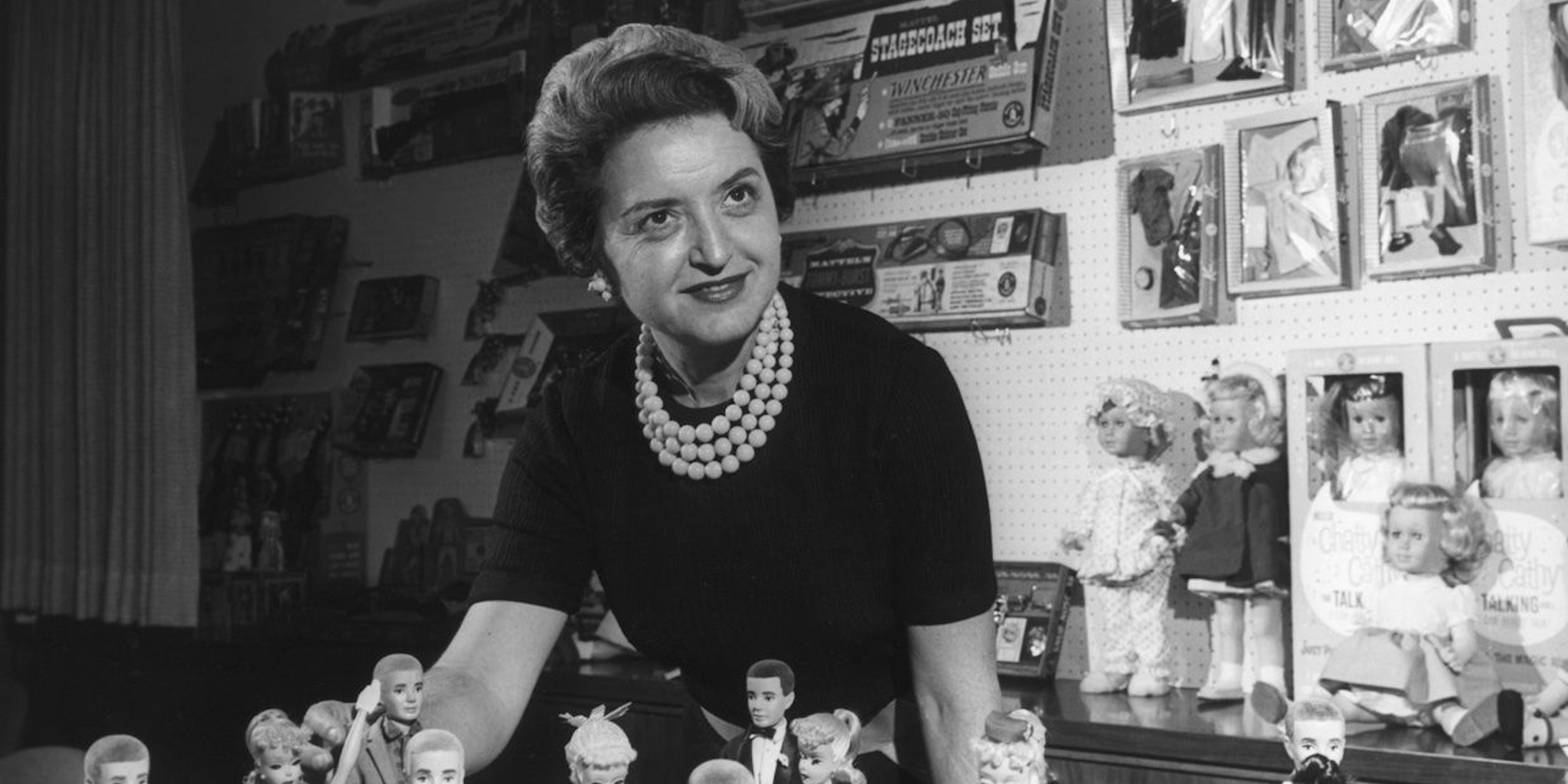Despite the hype that surrounds Greta Gerwig and Noah Baumbach’s Barbie, 2023 does not mark the first time Mattel’s iconic fashion doll has been the subject of a feature film. Millennial Barbie fans will recall more than a dozen direct-to-video computer-animated films released in the 2000s, and Zoomers were treated to just as many specials over the course of the ’10s. But before these cornerstones of the big-box discount bin appeared, Susan Stern’s Barbie Nation – released in 1998 and included in Season 11 of PBS’s POV (1988- ) – arguably qualified as the first Barbie movie.
Dubbed “an unauthorized tour” through Barbie’s history and unassailable global fandom, Barbie Nation’s re-release in the form of an extended director’s cut arrives just ahead of Gerwig’s long-gestating big-screen take. Although the two have little to do with one another apart from their shared subject, Stern’s documentary nevertheless recontextualizes Barbie through sharp-witted analysis of the toy, its impact, and the slew of controversies that have surrounded both its creation and its creator. It’s through the lens of this creator, Mattel co-founder and president Ruth Handler, that Barbie Nation initially frames itself.
The film captures Handler sitting before a long line of adoring cosplaying fans, who thrust bare Barbie backs toward her autographing pen. All that separates her from this enthusiastic crowd is a puny little table and a maze of stanchions. In a talking head, Handler speaks of Barbie’s origins. She hoped to create a children’s plaything that filled the gap between a toddler’s baby doll and a teen’s paper doll — something that portrayed budding femininity to pre-adolescents with questions about what traditional, mid-20th-century womanhood might look like. Cut back to the convention queue, there’s nary a preteen in sight. It’s a humorously striking juxtaposition: It seems Handler’s creation realized its goal a little too fully for her liking. Barbie epitomized femininity, all right, but not exclusively for the traditional mid-century woman.
In public, Handler shows appreciation to each and every individual waiting to meet her. In private, she appears thrown by the abstract individuals eternally grateful to her for bringing Barbie to life. How did an explicitly WASPy, ostensibly feminine figurine manage to connect with gay men, Black women, grown adults, young kids, and practically every other class, gender, race, and age combination imaginable? Handler has no clue. Stern’s roster of interviewees has some ideas, though. From Barbie’s eclectic résumé of successful career paths to the imaginative role-playing (or, depending on how one played, rule-breaking) she and her friends facilitate, Stern showcases the communities that found a true identity via their small synthetic surrogates.
Handler died in 2002, several years after Barbie Nation debuted. If Stern had waited any longer to make the film, it’s possible the former exec might not have felt up for an appearance. It’s hard to imagine what Barbie Nation would’ve looked like without her. She’s the key: As Barbie’s impact expands beyond the confines of her early beginnings, Handler loses grip on the company she and her husband built. As Barbie breaks sales records, Handler hits financial hardship. And, as Barbie becomes an international household name, Handler pivots toward a new line of work entirely. The documentary spends more time with the fans than the one who started it all, but Stern makes sure this connection is always at the back of the viewer’s mind.
Barbie Nation is not the kind of film that normally demands a director’s cut. Hardly any length has been added to the already slender 53-minute runtime, suggesting this is more or less the same documentary that aired on POV a quarter-century ago. This includes its strangely comforting 4:3 aspect ratio, which lends it the feel of ’90s television in the best way. A lack of substantial change isn’t all bad, of course. It’s a miracle this wasn’t tilted and scanned like so many other HD restorations of 20th-century television productions, allowing the film to retain its full picture (complete with pillarboxing). Alas, a director’s cut would have been the perfect opportunity to enhance the film with any existing bonus footage that might’ve sharpened its thesis for 21st-century audiences. It’s admirably inclusive for 1998 but lacks bite by today’s standards.
This wouldn’t matter as much were Barbie Nation sold as a simple restoration — old ways, new standards, incongruity guaranteed — but that “director’s cut” label suggests newfound or otherwise enlightening footage that simply isn’t present. Again, what’s here is by no means misguided or reductive. However, there’s definitely room for a touch of hindsight, even something as basic as a little contemporary postscript editorialization from Stern to bridge the gap between then and now. Ultimately, even without checking this off the wish list, the film provides a solidly insightful glimpse at how fandoms are born and how cult followings can spread far beyond the reaches of their specific area of culture. After all, Barbie Nation’s borders are always open.
Barbie Nation: An Unauthorized Tour will be available to rent on major online platforms on Tuesday, June 27.





One Response
thanks for info